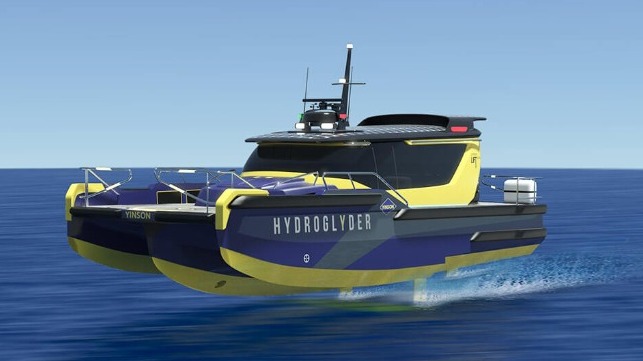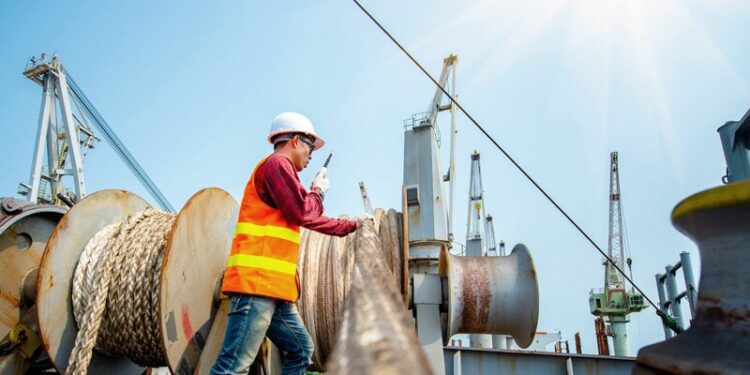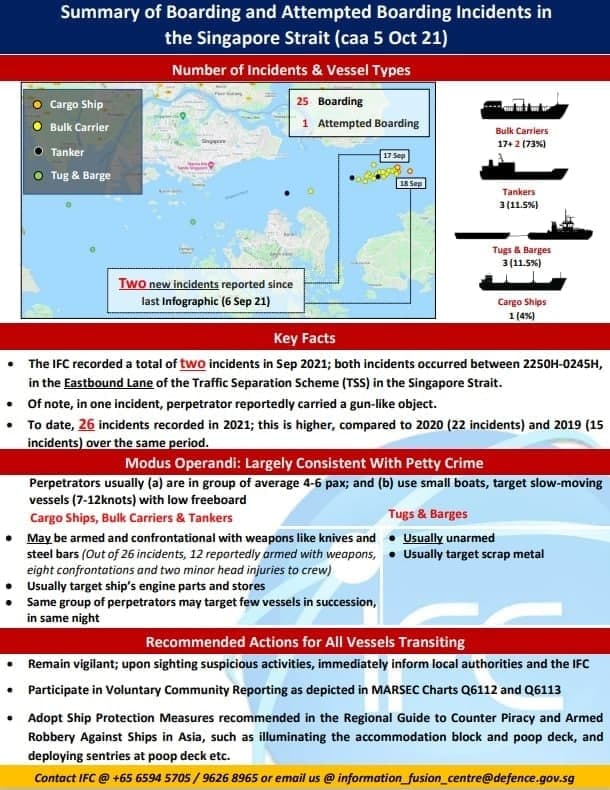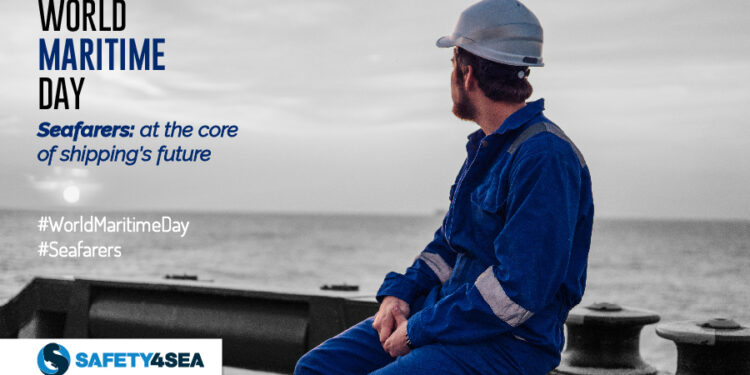Queensland will become the first Australian jurisdiction to administer COVID vaccines to all international seafarers arriving in local ports.
Under a trial program commencing in the coming weeks, Australia aims at reducing the risk of serious illness and community transmission.
According to local media sources, Maritime Safety Queensland and QLD Health developed a vaccination program that will commence with high risk vessels, ships that visit Australian ports on a regular schedule, those that carry liquid fuels, and finally all other vessels arriving at QLD ports.
The International Transport Workers’ Federation, along with employer organisations including Maritime Industry Australia Ltd and Shipping Australia, have welcomed the initiative that will not only protect the health of seafarers, but strengthen Australia’s supply chains.
SOURCE READ THE FULL ARTICLE
https://safety4sea.com/australia-launches-covid-19-vaccination-program-for-international-seafarers/
















